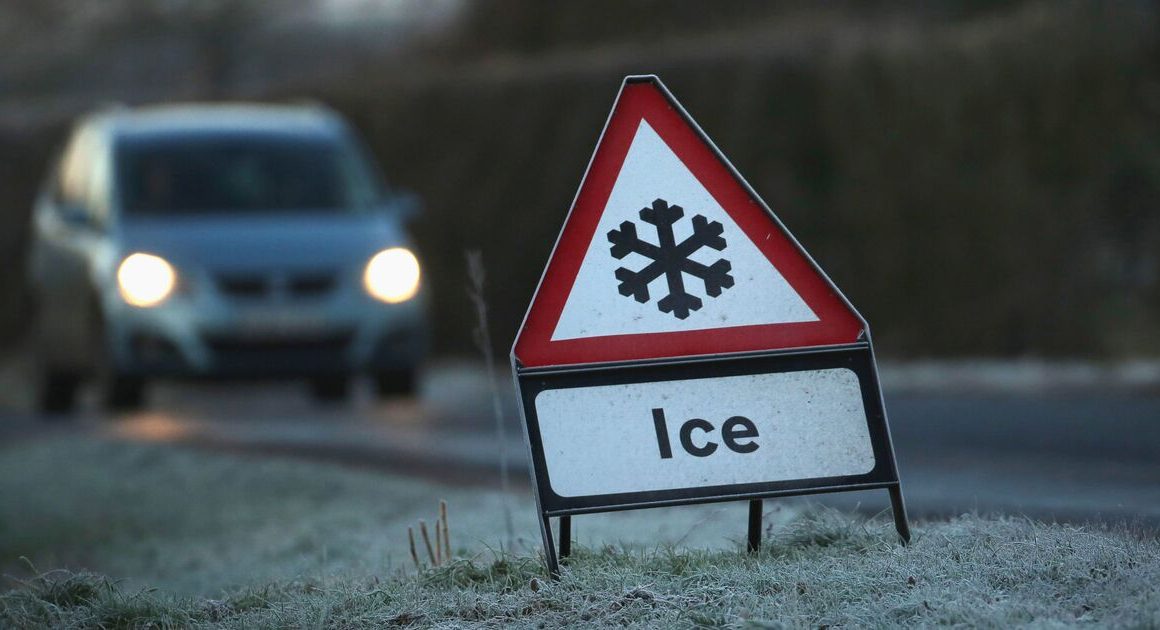Steady rain fell and winds began to gust in the Tampa Bay area Wednesday morning as mighty Hurricane Milton churned toward a potentially catastrophic collision with the west coast of Florida, where some residents insisted they would stay even after millions were ordered to evacuate.
Florida Gov. Ron DeSantis said Wednesday that tolls have been waived on the state’s highways so people can either go to outside areas or the dozens of shelters located within the affected counties. He warned that road conditions will probably deteriorate over the course of the day, and that some individual gas stations have run out of fuel despite no overall fuel shortage in the state.
Milton fluctuated between categories 4 and 5 as it approached, but regardless of the distinction in wind speeds, the National Hurricane Center said it would be a major and extremely dangerous storm when its centre makes landfall late Wednesday or early Thursday. Officials said to expect significant power outages, as well as tree and foliage damage.

The Tampa Bay region, home to more than 3.3 million people, hasn’t seen a direct hit from a major hurricane in more than a century.
“Please, if you are in the Tampa Bay area, you need to evacuate,” said Kevin Guthrie, executive director of Florida’s division of emergency management. “Your home and belongings can be replaced, but you cannot.”
Milton was centred about 255 kilometres west-southwest of Fort Myers and 280 kilometres southwest of Tampa at 12 p.m. ET on Wednesday, with maximum sustained winds of 230 km/h, just shy of Category 5 status, the hurricane centre reported. It was moving northeast at 28 km/h.
In Florida’s Pinellas County, officials say the window is rapidly closing for people in vulnerable low-lying areas to evacuate.
“This is it, folks,” emergency management director Cathie Perkins said at a Wednesday morning news conference. “Those of you who were punched during Hurricane Helene, this is going to be a knockout. You need to get out and you need to get out now.”
Milton a 1-2 punch after Helene for some areas
Perkins said 13 public shelters are open for people with no other option to escape the storm, and that major bridges around Tampa Bay would begin closing in the afternoon. Perkins also said people should not feel a sense of relief because of indications Milton might come ashore south of Tampa.
“Everybody in Tampa Bay should assume we are going to be ground zero,” she said.
NASA released new video recorded from the International Space Station on Wednesday showing Hurricane Milton as it swirled toward Florida on Wednesday. Astronaut Matthew Dominick posted the video on social media, saying the storm looked bigger but less symmetric than a day earlier.
The storm has led to a series of cancellations and closures, including Disneyworld in Orlando.
All residents in these low-lying communities west of the city of St. Petersburg are under mandatory evacuation orders, as another storm bears down less than two weeks after Hurricane Helene killed more than 230 people across several states, including Floridians who didn’t leave and then drowned in their homes.
In Sarasota, emergency officials urgently warned people who live near bodies of water to leave immediately.
“That storm surge is going to start at 10 or 15 feet near the coastline and then it’s going to travel,” Sarasota County emergency management chief Sandra Tapfumaneyi said in a briefing early Wednesday. “And storm surge likes to go on the path of least resistance. So those of you that live near a river, that live near a creek — those river banks, their water, will come up.”

Air Canada told CBC News that about 20 return flights to the affected areas in Florida have already been cancelled up to this point. Travellers are advised to check the status of their flights before going to the airport.
Air Canada said it had made available nearly 900 extra seats to Orlando and Tampa prior to the storm’s arrival, and formalized a plan to add more than 1,100 seats after the storm.
“This is an evolving situation and our plans are subject to change depending on the course of the storm, airport availability and other factors,” the airline said in a statement.
Still reeling from Hurricane Helene, millions of Floridians are now preparing for the worst as Hurricane Milton barrels towards the state. Andrew Chang breaks down why Milton is set to be one of Florida’s worst storms in a century.
‘It’s a ghost town’
A tornado watch has been issued for more than 20 Florida counties ahead of Hurricane Milton. The National Weather Service on Wednesday morning issued the watch, which includes a vast part of Florida, including the Tampa area, the Florida Keys and Miami-Dade County.
In Charlotte Harbor, about two blocks from the water, Josh Parks spent Wednesday morning packing his Kia sedan with his clothes and other belongings from his small triplex apartment.
LISTEN l Long, arduous trip out of Florida, resident tells CBC:
The Current19:09Floridians flee second monster storm in weeks
Hurricane Milton is bearing down on Florida, just weeks after the destruction of Hurricane Helene. Jaina Thatch has already been evacuated. She says facing two monster storms back-to-back is unimaginable, she just hopes she’ll have a home to go back to.
The clouds were swirling and the winds had begun to gust. Two weeks ago, Helene’s surge brought about five feet (1.5 metres) of water to the neighborhood. The streets are still filled with waterlogged furniture, torn-out drywall and other debris.
“It’s a ghost town around here,” said Parks, an auto technician.
His roommate had already fled and Parks wasn’t sure when he would be back.
“I told her to pack like you aren’t coming back,” said Parks, who was fleeing to his daughter’s inland Florida home.











